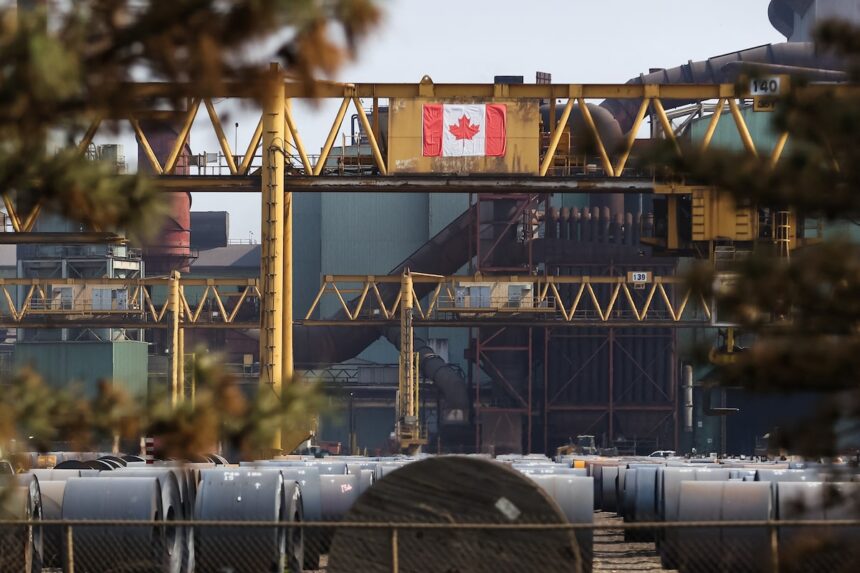In a decisive move that signals Canada’s determination to protect its vital steel industry, Ottawa has unveiled stringent new measures to counter the ripple effects of recent U.S. tariff policies. The federal government announced yesterday comprehensive import restrictions designed to prevent foreign steel from being diverted to Canadian markets following Washington’s aggressive protectionist stance.
“We’re witnessing a fundamental reshaping of North American trade dynamics,” said Industry Minister François-Philippe Champagne during a press conference in Hamilton, Ontario’s steel heartland. “These safeguards are not merely reactive—they represent a strategic approach to preserving Canadian manufacturing capacity and protecting thousands of jobs across the country.”
The new measures include targeted quotas on seven categories of steel products, with imports beyond these thresholds facing a 25% surtax. This calculated response comes after extensive consultation with domestic producers who warned that without intervention, Canada risked becoming a dumping ground for steel originally destined for American markets.
Steel industry executives have welcomed the announcement. “The timing was critical,” noted Catherine Cobden, president of the Canadian Steel Producers Association. “Our facilities were already reporting unusual import patterns that threatened to undermine pricing stability and production schedules.”
Economic analysis suggests the stakes couldn’t be higher. Canada’s steel industry contributes approximately $15 billion annually to GDP and employs over 23,000 workers in direct roles, with tens of thousands more in related sectors. The industry remains concentrated in Ontario and Quebec, where communities like Hamilton and Sault Ste. Marie have historically depended on steel manufacturing as economic anchors.
Trade data confirms the government’s concerns were well-founded. In the three months following the initial U.S. tariff announcement, steel imports to Canada surged 18% compared to the same period last year, with particularly sharp increases from countries like Turkey, South Korea, and Vietnam.
The carefully calibrated response balances several competing priorities. While protecting domestic producers, the measures include exceptions for developing nations and maintain commitments under existing trade agreements. Importantly, the government has structured the restrictions to avoid triggering retaliatory measures from trading partners who might otherwise view Canada’s actions as unjustified protectionism.
“What we’re seeing is a textbook example of trade policy chess,” explained Dr. Patricia Morton, an international economics professor at Queen’s University. “Canada needed to move decisively but precisely—protecting domestic industry without violating WTO obligations or damaging relationships with key trading partners.”
The government has emphasized the temporary nature of these measures, stating they will remain in place only as long as necessary to prevent market disruption. A review mechanism has been established to assess their effectiveness quarterly, with adjustments possible based on changing market conditions.
Critics, including some consumer advocacy groups and downstream manufacturers, have expressed concern about potential price increases for steel-dependent products. The Canadian Construction Association estimates the measures could add 2-3% to the cost of major infrastructure projects nationwide.
However, supporters argue that any short-term cost increases pale in comparison to the potential long-term damage of allowing unfettered steel dumping to undermine domestic production capacity.
As global trade tensions continue to simmer, particularly between major economies, Canada’s measured response demonstrates the delicate balance smaller trading nations must strike. With the World Trade Organization’s dispute resolution mechanisms increasingly strained, countries are developing more sophisticated unilateral tools to protect their economic interests.
As Canadians absorb these developments, a critical question emerges: In an era of resurgent protectionism and strategic industrial policy worldwide, can Canada maintain its traditional commitment to open markets while effectively defending its economic sovereignty?










